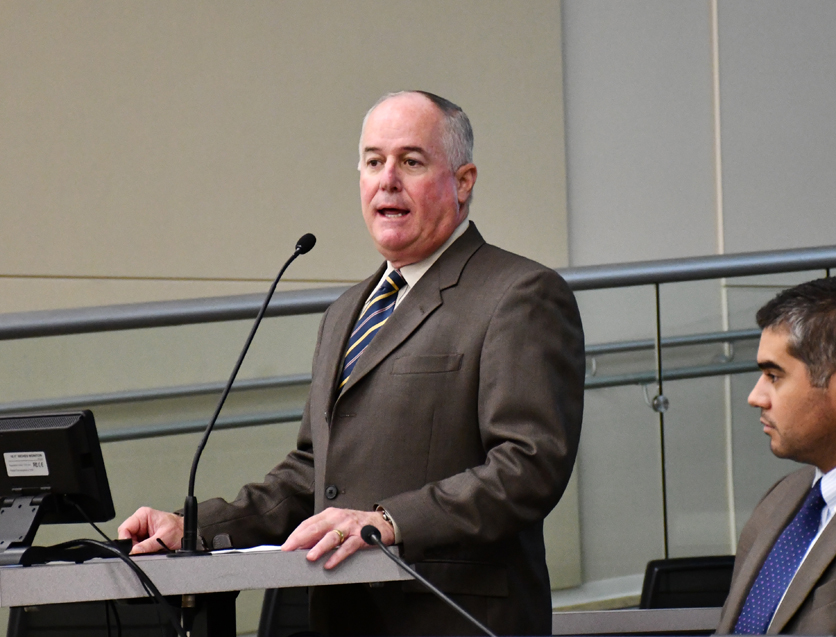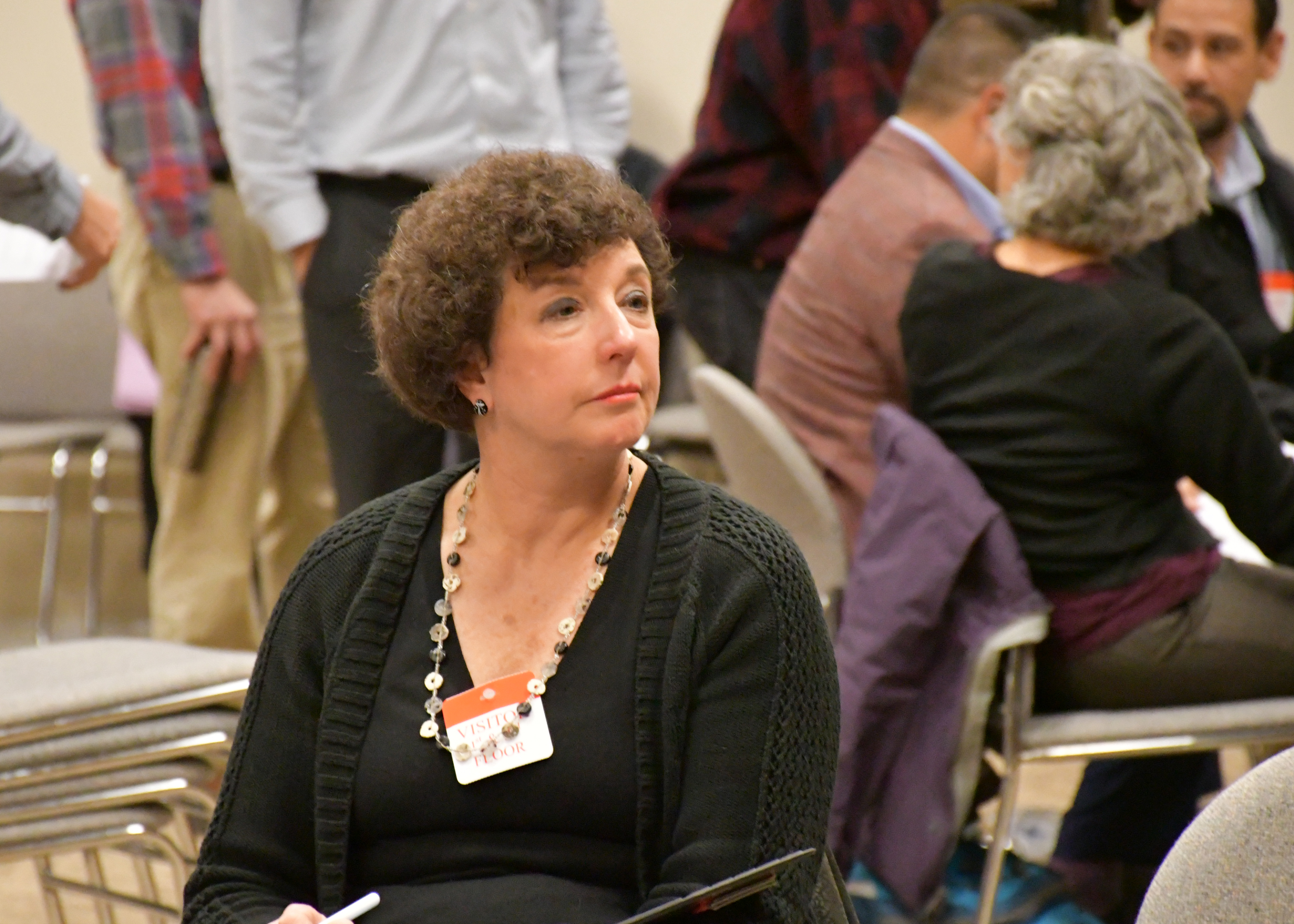Agricultural trade groups are responding with optimism to a much-anticipated report proposing alternatives to the pesticide chlorpyrifos that the Newsom administration released last week.
The 150-page report is the result of a six-month process by a work group, along with extensive public input. The recommendations include near-term nonchemical and synthetic alternatives along with biopesticide products, charting the toxicity of each ingredient. It also offers a five-year action plan aimed at less-toxic alternatives.
“This gives us a framework for the expectations of this administration and hopefully will allow agriculture to begin to anticipate some of the shifts and changes that will continue to occur,” said Ruthann Anderson, president and CEO of the California Association of Pest Control Advisers.
In pursuing alternatives, the Department of Pesticide Regulation (DPR) and CDFA took an approach that would level the playing field among stakeholders. They hired an outside consulting firm, Ag Innovations, to lead a work group composed of industry representatives and pest control advisors, as well as environmental advocates.
Public workshops held in January led some to call the approach “an utter farce” that allowed activists to “lambast farmers with accusations of corporate greed and spraying indiscriminately.” Others worried that elevating the voice of activists overshadowed the hard work and professionalism of the industry in recent years in pursuing safer and more environmentally sustainable tools and practices. Yet most in agriculture see this as a sign of the times, from both the administration as well as the majority of the state’s population.
“That's a reality of how we do business in California today,” said Casey Creamer, president and CEO of California Citrus Mutual. “In order to try to move forward, you have to bring those different groups together.”
He noted one chapter in the report focused on finding a shared language among the opposing parties and called it important for the ag community to better explain the technical and complex language and ideas around crop protection tools.
Creamer was pleased with the report and its findings, many of which the industry has long called for. Among the recommendations is to “reinvest” in UC research and extension for pest management, an area that has been chronically underfunded. While the state has put forward mandates, such as banning chlorpyrifos, it has also pulled away from resources like this, which would help growers with alternatives, he explained. Creamer hoped DPR will continue to streamline the registration process for bringing new products to market while retaining current registrations.
“We have to have all the tools in the toolbox to continue to do what we do and provide safe and nutritious food to not just California but the rest of the world,” he said.

DPR Director Val Dolcini
When pesticide registrations are canceled, he added, it can create more costs for farmers as well costs to the environment—through new and more expensive chemistries as well as increased fuel consumption to cover more applications of less-effective products.
It can also create challenges for pest control advisors in offering more complex integrated pest management (IPM) strategies. The report recommends expanding the coursework topics that apply towards PCA certification to include nonchemical alternatives, beneficial insects, soil health and other practices. The provision stems from industry efforts more than a decade ago, which were captured in Assembly Bill 2122, which allows the DPR director to approve such courses.
“These are all really good things, but actually implementing them and being able to make it a reality is something else,” said California Citrus Quality Council President Jim Cranney, a work group member. “In order for us to go to the level of IPM and a biological approach that's been suggested, it's going to take a lot of investment in knowledge, information, science and behavior.”
Pam Marrone, also a work group member, acknowledged a low level of proficiency exists throughout the agriculture industry when it comes to biologicals. Marrone is the CEO and founder of Davis-based Marrone Bio Innovations, which manufactures biopesticides. She was pleased the report recommends biopesticide alternatives to chlorpyrifos, but cautioned they are not one-on-one replacements and must work in concert with other tools. She said the state must invest more in educating the ag community on these.

Marrone Bio Innovations CEO Pam Marrone
The work group members were in broad agreement that UC funding “has been decimated over the years,” she said, and that it should be restored to help growers adopt more holistic approaches to pest management. The administration recognizes this as well.
“Those are questions that the Legislature, I'm sure, will work on with the governor and with UC in the years to come,” DPR Director Val Dolcini told Agri-Pulse.
Marrone applauded DPR for hiring four new staff members to help streamline new registrations and for looking beyond one pesticide for the alternatives process. Dolcini said the department has in the last two years approved five new biopesticides that support the transition away from chlorpyrifos.
He noted that the report is the first step toward a broader roadmap for safer and more sustainable approaches. A successor work group will deliver this roadmap report in about 18 months. Given the state’s budget crisis due to the pandemic, the cost for the next work group, about $215,000, will come from the DPR fund, which is supported by the mill assessment DPR levies on pesticide sales.
Interested in more coverage and insights? Receive a free month of Agri-Pulse West.
“The really important part of the work group’s efforts over the last five or six months was the conclusion that we can't really address the larger issues around sustainable pest management in California in this really abbreviated focus on just one tool,” said Dolcini. “It's going to take time, and it's going to focus on practices from agriculture to backyard gardening to everything in between.”
Top photo: Joseph McIntyre of Ag Innovations led a public workshop on chlorpyrifos alternatives in January.
For more news, go to: www.Agri-Pulse.com


